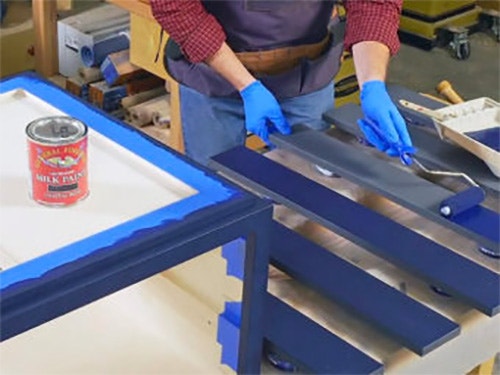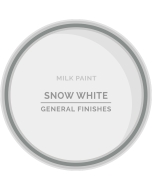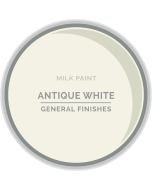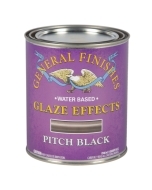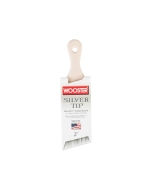What Is Milk Paint?
Milk paint is a traditional, casein based paint that's been around for centuries and has, in recent years, enjoyed a remarkable resurgence in popularity.
In fact, if you've been in a furniture store in the last decade or so, you've undoubtedly seen milk paint - or at least finishes that are made to look like milk paint. Milk paint is both the historical source for, and often the material used to produce, those increasingly popular antique and "distressed" finish effects.
Traditional recipes for milk paint used by furniture makers usually include amounts of casein, lime, clays and earth pigments, but a home recipe may include nothing more than curdled milk, hydrated lime, and coloring derived from readily available sources like iron oxide (rust) or wild berries. Milk paint finishes are very low in sheen when first applied and are characterized by deeply saturated color.
Unlike other types of paint that form a "skin" on the surface of wood, milk paint has a low viscosity and soaks into raw wood. The finish also becomes increasingly durable with age. The upshot is that milk paint reacts differently to wear than modern oil-based and latex paints. Milk paint finishes applied to raw wood don't usually chip or crack, they wear.
The wear patterns of everyday life produce the areas of greater and lesser sheen and subtle variations in color that, for many people, rate highly on the list of qualities that make a piece of furniture "feel" like an heirloom. A drawback of milk paint prepared in the traditional manner is that it goes bad extremely quickly - you really need to mix up just as much as you are planning to use at one time.
While purists won't mind the extra hassle of having to mix up a fresh batch every time they need one, many of us would prefer the convenience of simply opening a can. Fortunately, there's an easier route. General Finishes Milk Paint comes pre-mixed in a variety of colors (including the most traditional) so you can keep it on a shelf and just pop it open and give it a stir when you're ready to use it.
You can use milk paint by itself for the true traditional look - of course, you have to wait several years for natural wear and tear to produce the full effect. Or, you can use milk paint in conjunction with General Finishes Glaze Effects, a translucent water-based colored glaze that will let you speed up the process and turn out aged and distressed finishes - along with a variety of other effects - in the space of an afternoon.
Keep the inspiration coming!
Subscribe to our newsletter for more woodworking tips and tricks
